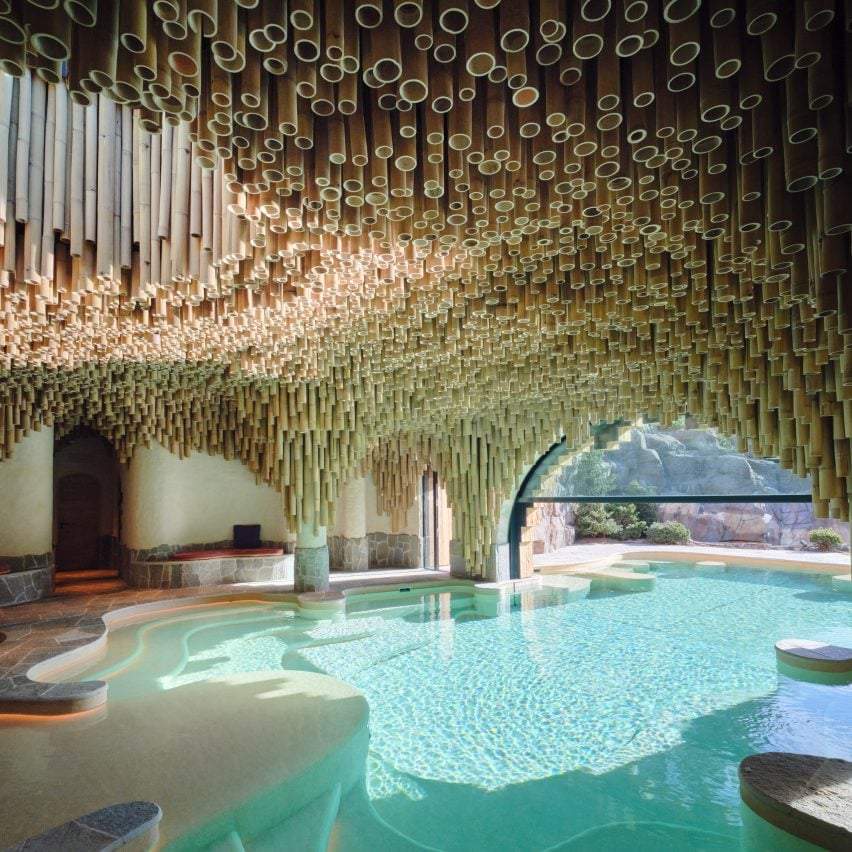Building design is not just about aesthetics; it is deeply influenced by the local climate. This article explores how climatic conditions shape architectural decisions, from material selection to strategies for insulation and shading. The climate impact on building design includes key factors such as temperature, precipitation, wind, and sunlight, and how they affect building orientation, energy efficiency, and occupant comfort. Additionally, we’ll examine practical solutions like ventilation systems, cool roofs, and shading techniques. The article concludes with a FAQ section addressing common questions and a summary table highlighting the main points.
1. Understanding Local Climate in Building Design
Local climate plays a critical role in determining the type of building that should be constructed. Architects and designers must consider long-term weather patterns, including temperature, rainfall, wind, and sunlight, to ensure safety, comfort, and sustainability.
- Temperature : Dictates insulation needs and material choices.
- Precipitation : Affects drainage systems and waterproofing.
- Wind : Influences structural stability and ventilation design.
- Sunlight : Determines building orientation and energy use.
Understanding these variables allows designers to create buildings that are both functional and efficient.
2. Material Selection Based on Climate
Choosing the right materials is essential for adapting buildings to their environment. Below is a table summarizing suitable materials for different climates:
| Climate Type | Recommended Materials | Benefits |
|---|---|---|
| Hot and Humid | Aluminum siding, vinyl siding | Reflects sunlight, resists moisture |
| Cold | Wood, mineral wool insulation | Provides excellent thermal insulation |
| Dry | Brick, stone, stucco | Resists water damage and fading |
In hot climates, materials like aluminum and vinyl siding help reflect sunlight, reducing heat absorption. In cold regions, materials with high insulation properties, such as wood or mineral wool, keep interiors warm. For dry climates, durable materials like brick and stone are ideal due to their resistance to water damage.

3. Design Strategies for Different Climates
Hot Climates
In hot regions, the focus is on minimizing heat gain and maximizing ventilation:
- Orientation : Position buildings to avoid direct sunlight.
- Shading : Use awnings, overhangs, or trees to block the sun.
- Ventilation : Strategically place windows and doors to encourage airflow.
Cold Climates
In colder areas, retaining heat is the priority:
- Insulation : Use thick walls and double-glazed windows to reduce heat loss.
- Solar Gain : Orient windows toward the south to capture sunlight.
- Air Sealing : Prevent drafts by sealing gaps in walls and windows.
Windy Areas
Buildings in windy regions require strong structures and wind-resistant designs:
- Structural Reinforcement : Use sturdy materials to withstand strong winds.
- Windbreaks : Install barriers to reduce wind impact.

4. Ventilation and Insulation: Keys to Energy Efficiency
Ventilation
Proper ventilation ensures fresh air circulation while preventing moisture buildup. This can be achieved through:
- Natural Ventilation : Design buildings to maximize exposure to prevailing winds.
- Mechanical Systems : Install fans or air intake systems when natural airflow is insufficient.
Insulation
Insulation helps maintain comfortable indoor temperatures and reduces energy costs. Key considerations include:
- Material Choice : Use materials like mineral wool or foam for effective insulation.
- Installation Quality : Ensure proper installation to avoid gaps or inefficiencies.
“Proper insulation can reduce heating and cooling costs by up to 20%.”
Source: U.S. Department of Energy (DOE)
5. Glazing, Shading, and Cool Roofs
Glazing
Glazing involves using transparent materials to allow natural light while controlling heat gain:
- Material Selection : Choose glass based on local sun angles and solar radiation levels.
- Energy Savings : Proper glazing reduces the need for air conditioning and enhances comfort.
Shading
Shading techniques block direct sunlight, reducing cooling demands:
- External Elements : Use awnings, pergolas, or trees for shade.
- Design Considerations : Account for sun angles to ensure adequate protection.
Cool Roofs
Cool roofs reflect sunlight and emit heat, lowering indoor temperatures:
- Materials : Use reflective coatings or white membranes.
- Benefits : Reduce cooling energy needs and mitigate urban heat island effects.
“Cool roofs can lower roof surface temperatures by up to 50°F.”
Source: U.S. Environmental Protection Agency (EPA)

Frequently Asked Questions (FAQ)
1. How does climate affect building design?
Climate influences material choices, orientation, and insulation to ensure comfort and efficiency.
2. What materials are best for hot climates?
Materials like aluminum siding and vinyl siding are ideal for reflecting sunlight and resisting heat.
3. How can energy efficiency be improved in cold climates?
Use high-insulation materials, double-glazed windows, and proper air sealing.
4. What are the benefits of cool roofs?
Cool roofs reduce indoor temperatures and lower cooling energy requirements.
Summary Table
| Topic | Key Points |
|---|---|
| Importance of Climate | Determines material choices, orientation, and insulation. |
| Material Selection | Depends on climate type (hot, cold, dry). |
| Design Strategies | Orientation, shading, and ventilation tailored to climate. |
| Ventilation and Insulation | Essential for comfort, energy efficiency, and air quality. |
| Glazing and Shading | Techniques to control heat gain and improve energy efficiency. |
Conclusion
Climate impact on building design has a profound impact on building design, influencing everything from material selection to energy efficiency strategies. By understanding and adapting to local climatic conditions, architects and builders can create structures that are comfortable, sustainable, and resilient. Thoughtful design not only enhances occupant well-being but also reduces environmental impact, making it a crucial consideration for modern construction.





